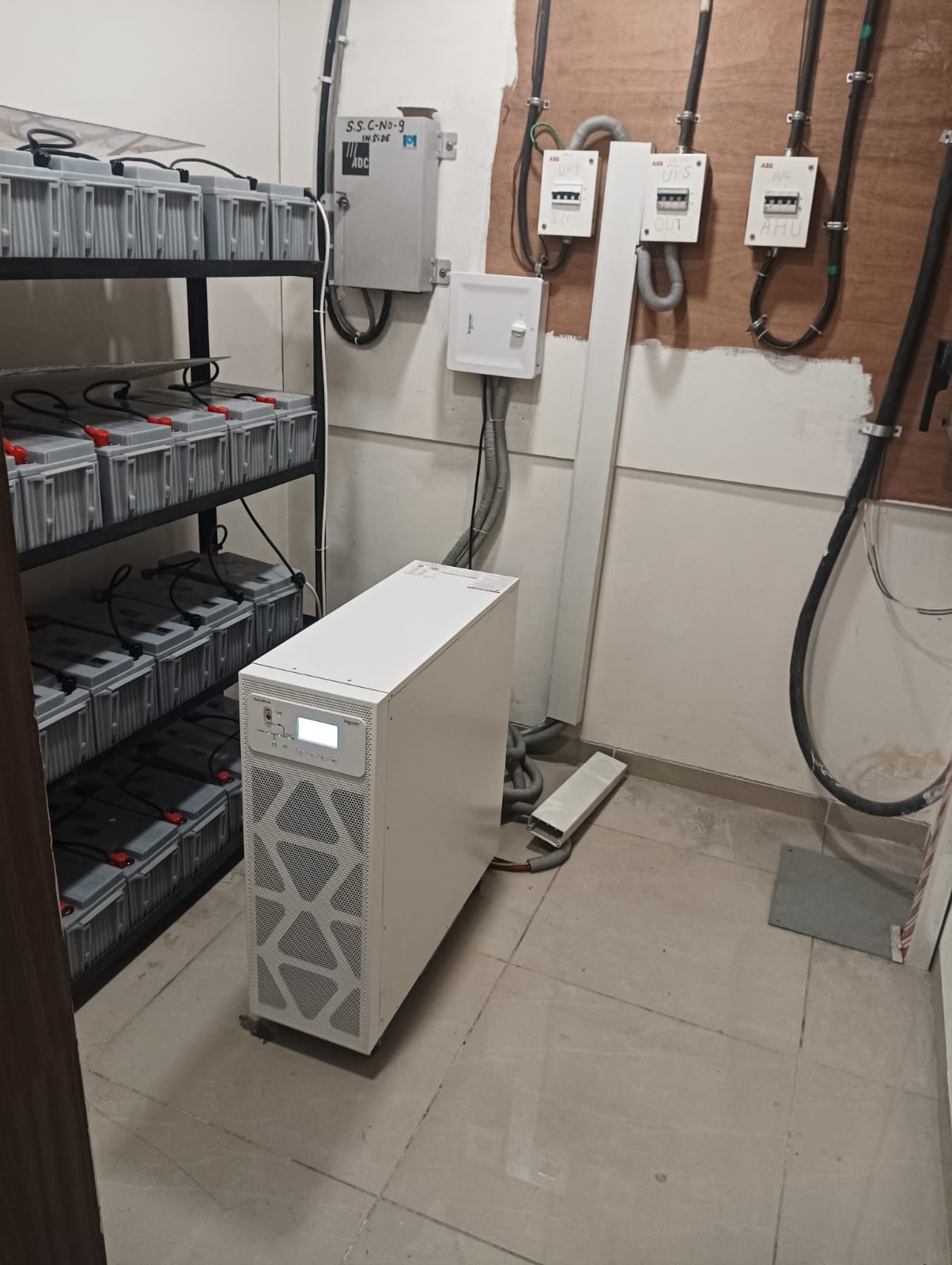The Amaron FLO 80D23L is a type of automotive battery commonly used in various vehicles, particularly in the Asian market. Here are the key details and specifications for the Amaron FLO 80D23L battery: General Specifications: Type: Lead-acid battery (Maintenance-free) Model: 80D23L Capacity: Typically around 70-75 Ah (Ampere-hour) Cold Cranking Amps (CCA): Approximately 600-650 CCA Voltage: 12V Dimensions: Approximately 23 cm (L) x 17 cm (W) x 22 cm (H) (dimensions can vary slightly by manufacturer) Weight: Approximately 19-22 kg (may vary) Features: Maintenance-Free: Designed to be maintenance-free under normal operating conditions, which means no need for water topping. Long Life: Known for its durability and long service life, often exceeding the average lifespan of conventional batteries. High Cranking Power: Provides excellent starting power, making it suitable for vehicles with high electrical demands. Vibration Resistance: Built to withstand vibrations, making it suitable for rough road conditions. Deep Cycle Capability: Can handle deep discharge cycles better than standard batteries. Applications: Suitable for a wide range of vehicles, including: Cars SUVs Light trucks Some commercial vehicles Warranty: Typically comes with a warranty period (often around 24 months) that may vary by region and retailer. Installation: Standard installation procedures apply. Ensure correct terminal connections and proper fit in the vehicle's battery compartment. Maintenance Tips: While the battery is maintenance-free, it’s advisable to periodically check for corrosion on terminals and ensure that the battery is securely mounted. Environmental Considerations: Like all lead-acid batteries, proper disposal and recycling are essential to minimize environmental impact. For the most accurate and detailed information, including specific dimensions and features, it’s always a good idea to consult the manufacturer's specifications or the retailer from which you intend to purchase the battery.
Send Message







